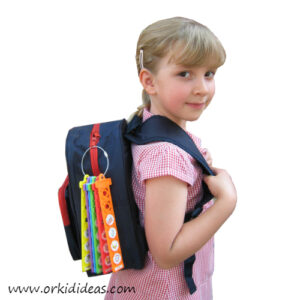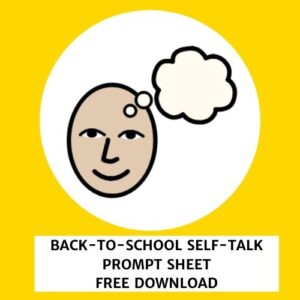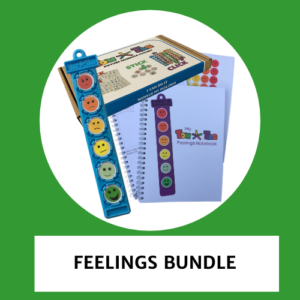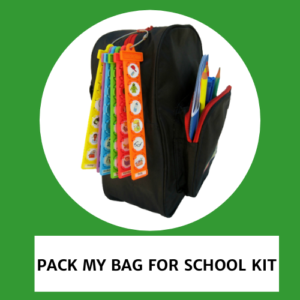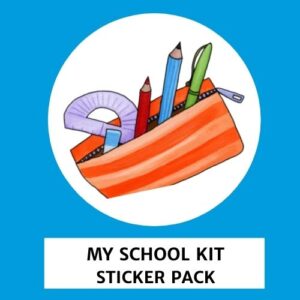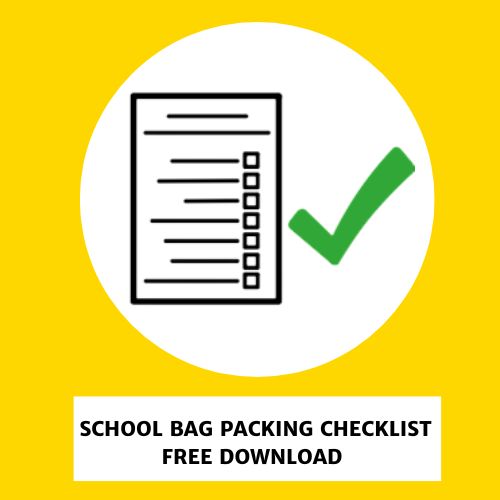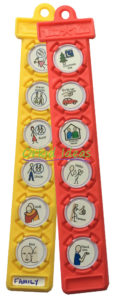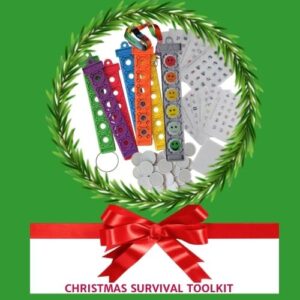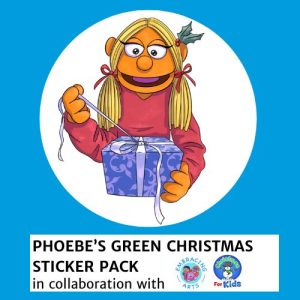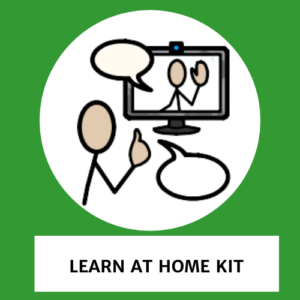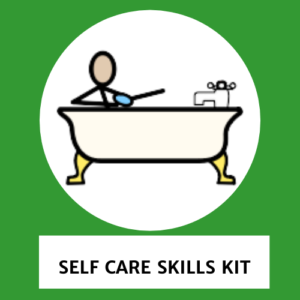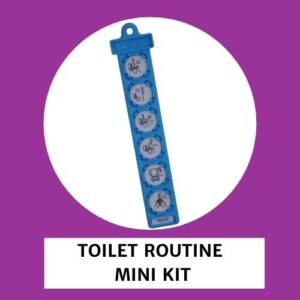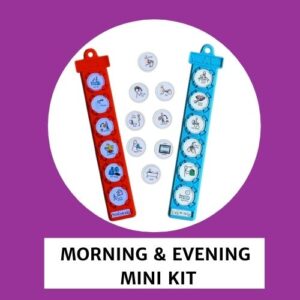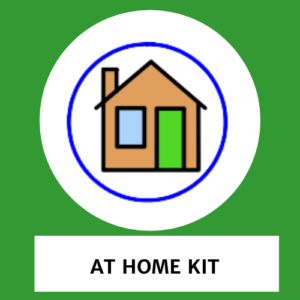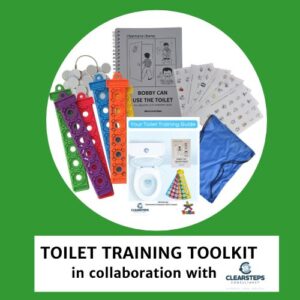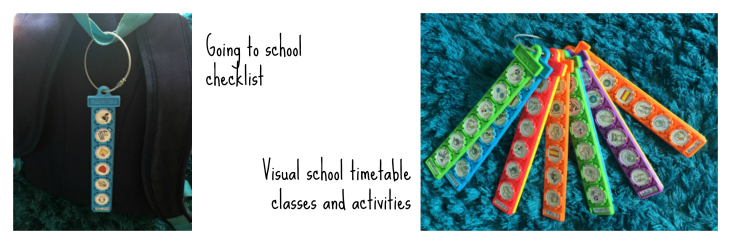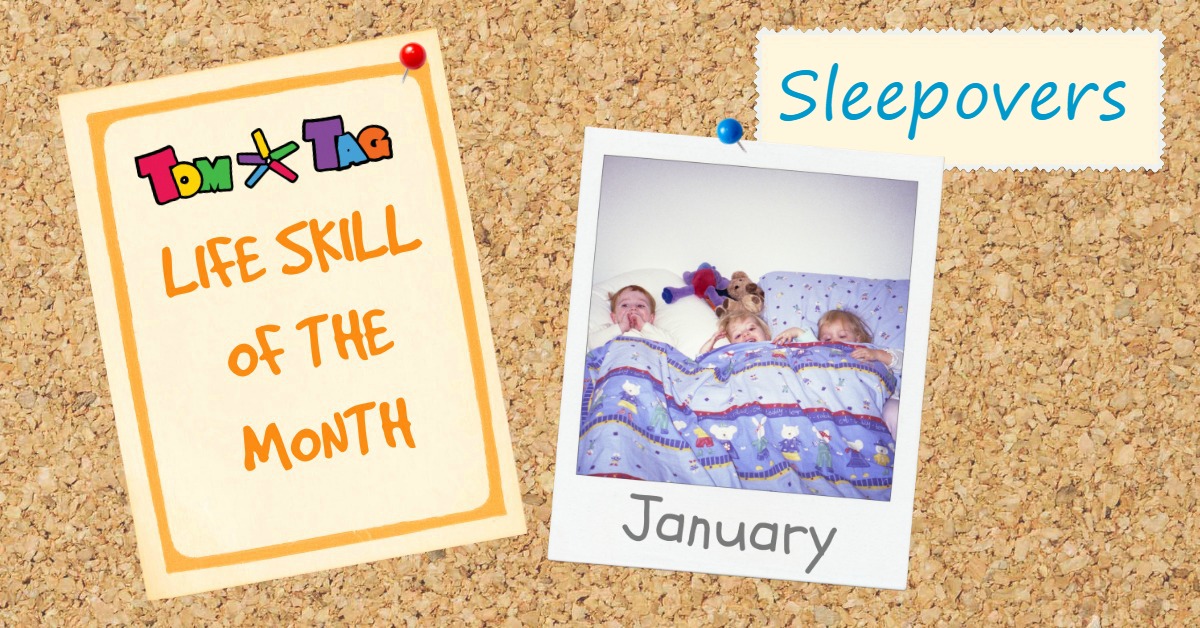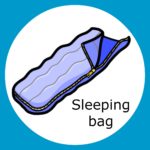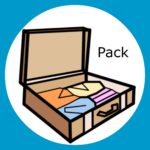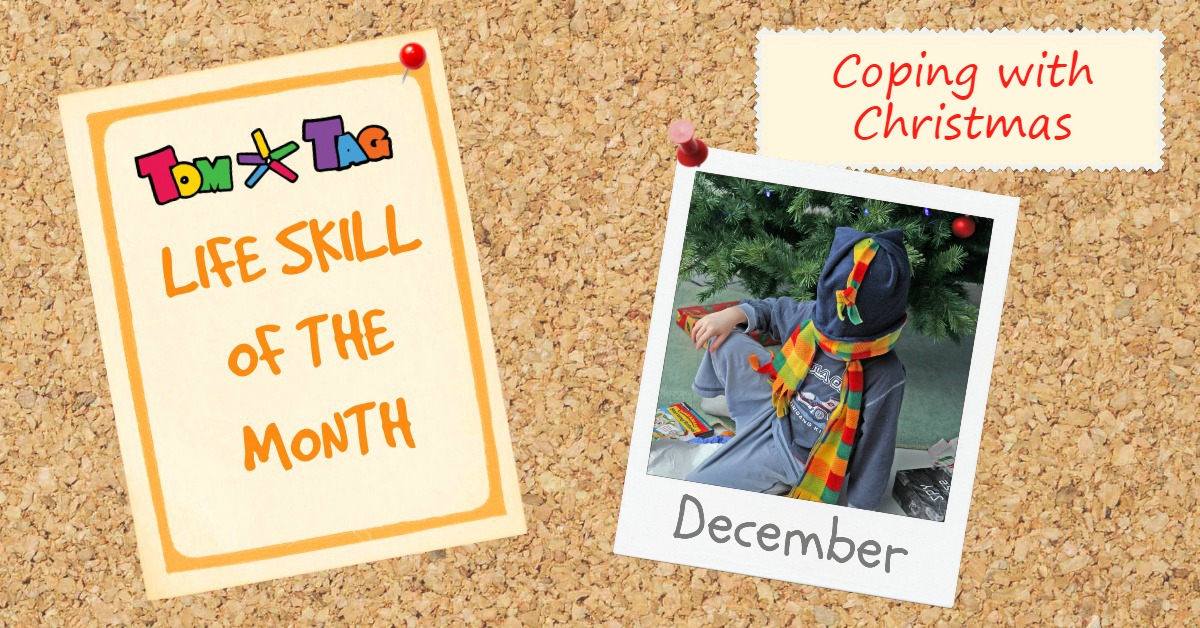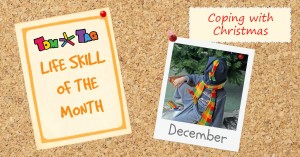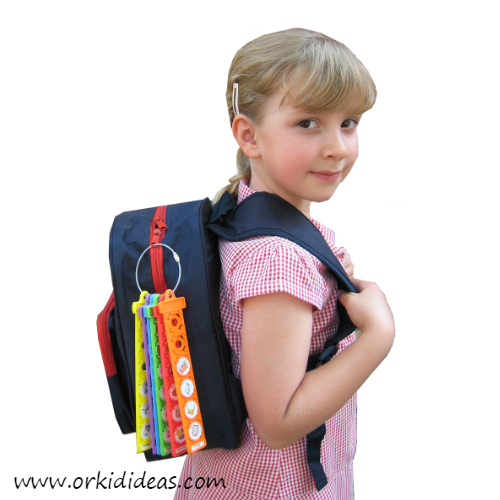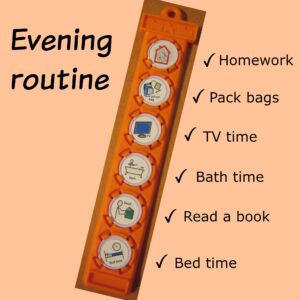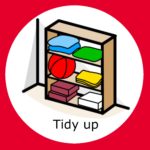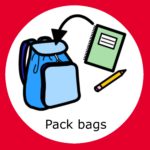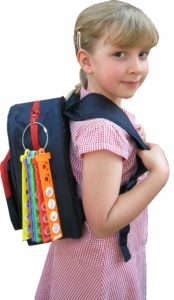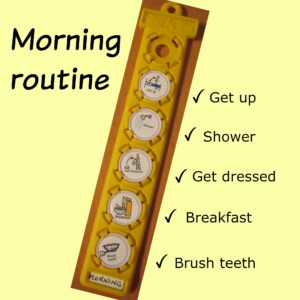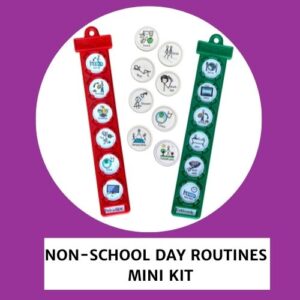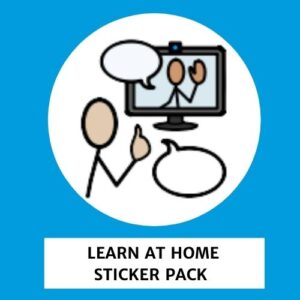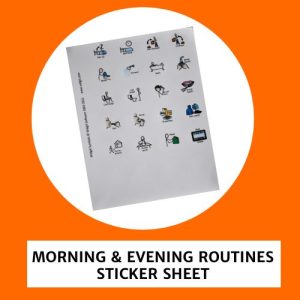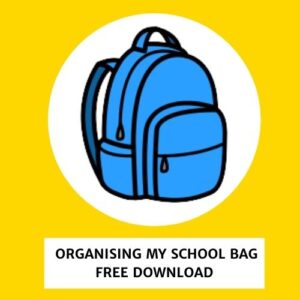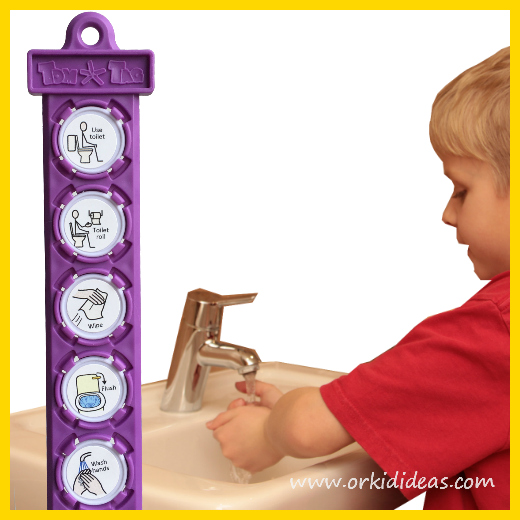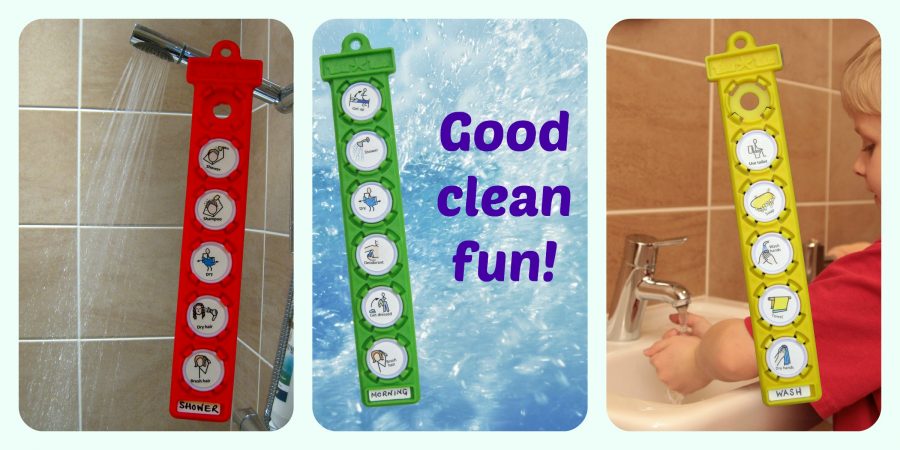
With this month playing host to Safer Internet Day we’ve some tips on helping our kids stay safe in the home, looking at both online and physical safety.
Safe online

With an almost daily diet of stories about the negative impact of the internet and new technology on children and young people, it’s easy to forget the positive aspects: the ability to learn, to connect with others, to be creative.
Safer Internet Day (February 11th) offers an ideal opportunity for parents and carers to start a conversation with their children about online safety. By teaching children to understand and navigate the risks you can help them to have a safer and more positive experience online.
Start by reading these tips for parents from the UK Safer Internet Centre and explore the many other fantastic resources on the site.
This article from the Guardian takes a interesting look at how the internet can be a great learning tool and includes some really simple ideas for changing how we approach our children’s use of it.
Drawing up a family agreement that all the family sign up to is a useful way to help everyone make better decisions and display appropriate behaviour. Here’s a great example from Digizen.org.
You can also find a wealth of information and advice on the subject from CEOP’s ThinkuKnow website.
Safe at home
Of course, we’ve all been consciously protecting our children from harm from the moment they were born but we have a responsibility to teach them the skills to keep themselves safe too.
Talking about potential dangers as part of everyday conversation and using games to teach what to do will really help to prepare your child for emergency situations without scaring them.
 Play the ‘What if’ game
Play the ‘What if’ game
What if … the smoke alarm sounded?
What if … you cut yourself badly?
What if … someone came to the house when no-one else was home?
You’ll get a feel for how your child would react in a real emergency and can guide them to how they might deal with it.
Using some of the blank stickers you’ll find in each TomTag sticker pack, draw or write a list of safety rules and apply each sticker to a blank button. Put the buttons into a TomTag holder and hang or stick it up (eg. on the fridge) where it will be seen every day.
 Hold a scavenger hunt
Hold a scavenger hunt
Once you’ve played the What If game and discussed ideas about how to deal with different situations, does everyone in the house know where to find the things they might need to deal with an emergency? Where’s the first-aid kit, keys to open doors, fire blanket, emergency phone numbers? Give each child a TomTag with some items on it that they need to find and let them race to be the first to find everything on their list.
Teach your child how to use what’s in the first aid kit too to treat minor injuries. The British Red Cross have a great web resource to help children aged 6-11 learn life saving first aid.
Make an escape plan
Every household should have an emergency escape plan in case of fire. Hopefully you will never need to use it but having a plan will prevent delay and help you to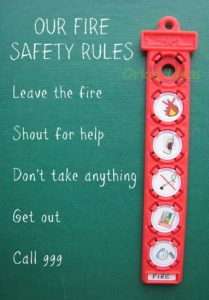 escape faster if you need to. Anyone can ask for a free Home Fire Safety Check from their local fire service.
escape faster if you need to. Anyone can ask for a free Home Fire Safety Check from their local fire service.
Don’t forget that a weekly test of your smoke alarm is the simplest and easiest way to help prevent fire emergencies.
Give your child a clip-board and pen and let them pretend to be a safety inspector. Ask them to look around the house for safety features and hazards and let them help you fix any deficiencies.
Know your numbers
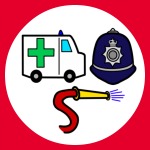 Make sure everyone knows the number for emergency services and try role-playing a call so that they know what they might be asked.
Make sure everyone knows the number for emergency services and try role-playing a call so that they know what they might be asked.
Teach children their home address and telephone number so that they can give it if they need to call the emergency services (also useful if they get lost when out of the house!).
Keep a list of names and numbers of friends, neighbours, family doctor, etc. by the door or telephone in case of emergencies, particularly if your child is old enough to be left at home alone.


